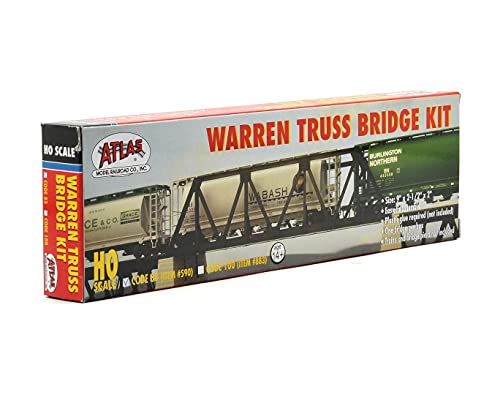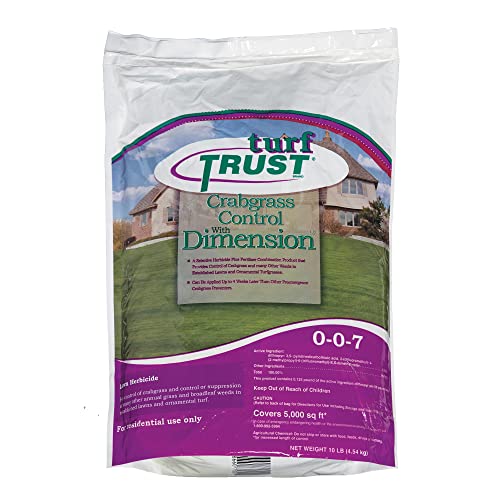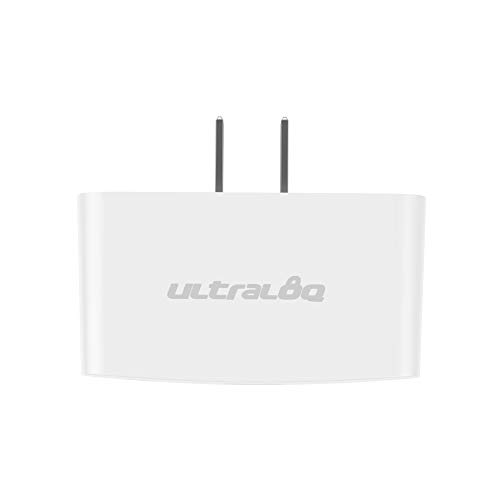If you’re looking for a durable and stable option when constructing bridges, then you may want to consider using a truss bridge. Truss bridges have been used for many years due to their strength and stability, making them ideal for areas with heavy traffic and harsh weather conditions.
Before investing in a truss bridge, there are certain factors that you should consider carefully. Firstly, you should think about the location of the bridge and the potential weather conditions it may face. You want to make sure that the materials you choose will withstand any harsh conditions and not deteriorate over time. Additionally, you should also think about the weight capacity of the bridge and make sure it can handle the amount of traffic that will pass over it.
Are you looking for a bridge design that is not only practical but also aesthetically pleasing? Have you considered a truss bridge? With its unique design and stability, it's sure to catch the attention of anyone who passes over it. Do you want to find out more about truss bridges and why they are an excellent option for bridge construction? Keep reading to discover the benefits of using a truss bridge and why it may be the perfect choice for your project.
10 Best Type Of Truss Bridge
| # | Product Image | Product Name | Product Notes | Check Price |
|---|---|---|---|---|
|
1
|
The product is ideal for creating a realistic railroad layout in HO-gauge with snap-track Warren truss bridges.
|
|
||
|
2
|
The product is ideal for HVACR charge and air operations, providing accurate measurements and reliable tools for professionals.
|
|
||
|
3
|
Ideal for fall arrest and safety during roofing work, complying with ANSI and OSHA standards.
|
|
||
|
4
|
The product is ideal for controlling crabgrass and other common weeds in lawns.
|
|
||
|
5
|
The product is an ideal bridge that allows for remote access and smart notifications for compatible smart locks.
|
|
||
|
6
|
Ideal for heavy-duty construction projects that require a secure and durable screw with a modified truss washer head.
|
|
||
|
7
|
It is ideal for distributing electrical power and connections in a controlled and organized manner in both AC and DC applications.
|
|
||
|
8
|
The product is ideal for tightening or loosening bolts and nuts of various sizes in a quick and efficient manner.
|
|
||
|
9
|
The product is ideal for measuring and adjusting the height of guitar strings, frets, and necks for precise playing.
|
|
||
|
10
|
It is ideal for teaching early math concepts such as addition, subtraction, and equations using a balance and weights.
|
|
1. Fieldpiece Jl3kh6 Hvacr Charge And Air Kit, Yellow
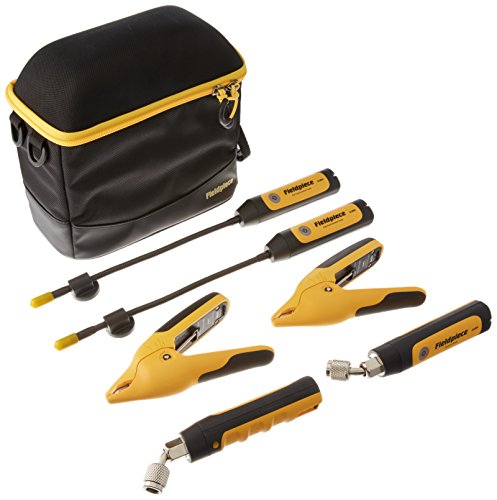
The product is designed to provide accurate and reliable temperature readings with a stabilizing time of under 5 seconds and an accuracy of +/-1°. It features Rapid Rail technology that utilizes a pipe to complete the circuit, which ensures that ambient conditions do not affect the temperature readings. This makes it suitable for use in any location, including grilles, returns, ducts, and plenums. The device is powerful enough to penetrate walk-ins and provide reliable pressure readings regardless of its location. It comes with Job Link Charge and Air Kit as included components.
The product also boasts of an easy-to-use interface that makes it accessible even to non-technical users. The device is lightweight and portable, making it easy to carry around and use in different locations. With its high level of accuracy, this product is ideal for use in various applications where precise temperature and pressure readings are crucial. The product is also durable and long-lasting, ensuring that users get value for their money.
Overall, the product is a reliable and accurate temperature and pressure measurement device that is ideal for use in various applications. Its ease of use, portability, and durability make it a must-have for anyone who needs precise temperature and pressure readings.
- Rapid Rail technology ensures accurate temperature readings even in ambient conditions
- Suitable for use in any location, including grilles, returns, ducts, and plenums
- Lightweight and portable design makes it easy to carry around
- Easy-to-use interface makes it accessible to non-technical users
- Durable and long-lasting design ensures value for money
- – None
2. Steelsafe Roof Harness Kit
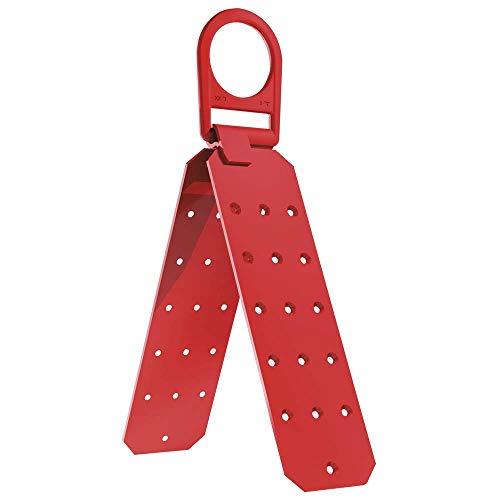
The Temporary Roof Anchor Bracket is a must-have for both residential and commercial roofing applications, as it meets the safety requirements of ANSI Z359 18, CSA Z259 15, and OSHA. This guarantees your safety even in the most dangerous conditions. The hinged roof bracket has a minimum tensile strength of 5,000 lb. and can support a weight capacity of 310 lb.
Made with top-quality materials, this roof anchor bracket is durable and can withstand the toughest working conditions. It is designed to connect to wood surfaces with a screw size of 3" x #10 (32 screws / 16 per side).
PeakWorks Roof Anchors are designed and approved for use only with PeakWorks connectors or with components that are approved by PeakWorks to be compatible with this product. Additionally, this roof anchor bracket can be reused as part of your fall arrest system or your roofing harness safety kit.
- Meets ANSI Z359 18, CSA Z259 15, and OSHA safety requirements for residential and commercial roofing applications
- Reusable as part of your fall arrest system or roofing harness safety kit
- Has a minimum tensile strength of 5,000 lb. and can support a weight capacity of 310 lb.
- Made with top-quality materials for durability and sturdiness
- – Can only be used with PeakWorks connectors or components approved by PeakWorks
3. Ultimate Structural Screws – Heavy Duty Torx
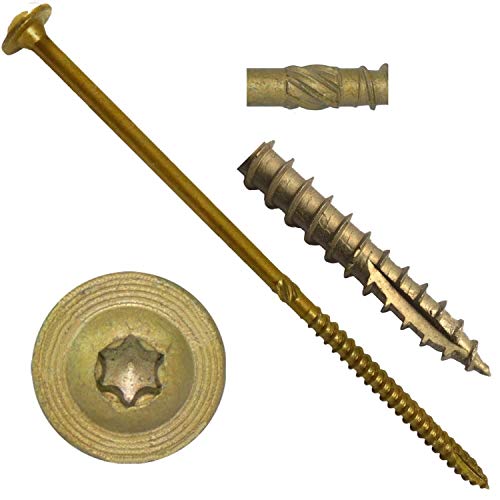
Introducing the high-quality construction lag screws made from heat-treated steel and triple-coated with ACQ treated lumber compatibility. These screws come with a thread diameter of approximately 5/16 inches, head diameter of 11/16 inches, and an 8-inch length suitable for various construction applications. The screws have undergone a 1200-hour salt spray test, which proves their corrosion-resistant capabilities without any coating failures.
The type 17 notched extra sharp point of these screws makes it easy for quick starts without 'walking' and reduces the need for pre-drilling. With their superior properties, these construction lag screws exceed standard lag bolts in shear compression forces. These screws are perfect for DIY enthusiasts, contractors, and carpenters who require high-quality fasteners for their construction projects.
- High-quality heat-treated steel construction for enhanced durability and strength
- ACQ treated lumber compatibility for increased versatility
- Corrosion-resistant properties with no coating failures after 1200-hour salt spray test
- Type 17 notched extra sharp point for quick starts without 'walking'
- Exceeds standard lag bolts in shear compression forces
4. 20amp 2×10 Position Barrier Terminal Block Distribution Module For Ac Dc
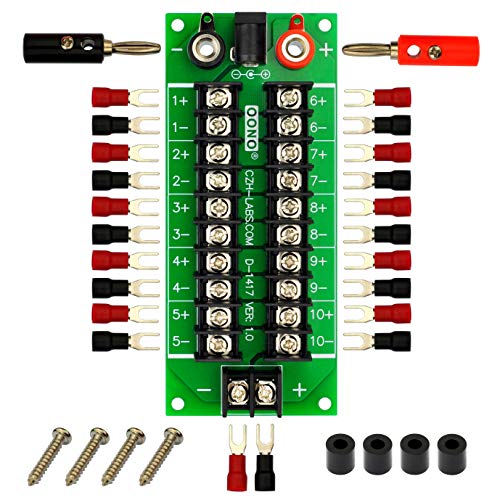
The 20 Amp 48V 2×10 Position Barrier Terminal Block Distribution Module for AC DC is a versatile and reliable solution for your power distribution needs. This module allows you to choose input from Barrier terminal blocks, Banana jack or DC power jack, offering flexibility and convenience for different applications.
This module can handle a maximum voltage of 48V DC or AC, and a rated current of 20 Amp when input from barrier terminal block. The input from banana jack can handle a maximum current of 6 Amp while the input from DC power jack can handle up to 5 Amp.
The Barrier terminal blocks have a pitch of 7.62mm and screw Metric M3(thread diameter 3mm) for secure connections. The Banana jacks are standard 4mm jack, while the DC power jack is designed for 5.5mm x 2.1mm plug. The FR-4 glass fiber PCB ensures durability and longevity.
The Terminal Block Distribution Module comes with a packing list that includes 1x Terminal block distribution module, 1x Red banana plug, 1x Black banana plug, 11x Red spade terminal connectors (support wire 0.5 to 1.5mm square), 11x Black spade terminal connectors (support wire 0.5 to 1.5mm square), 4x Black nylon spacers, and 4x 3mm x 16mm metal screws. With the added support for multiple module extension connections, this product is a reliable and flexible solution for your power distribution needs.
- Flexible and versatile input options
- Maximum voltage of 48V DC or AC
- Rated current of 20 Amp when input from barrier terminal block
- Durable and long-lasting due to FR-4 glass fiber PCB
- Comes with a complete packing list for easy installation
- Supports multiple module extension connections for added flexibility
- – Input from banana jack and DC power jack have lower maximum current compared to barrier terminal block input
5. Super Tool 4size Ratchet Wrench Rnf4
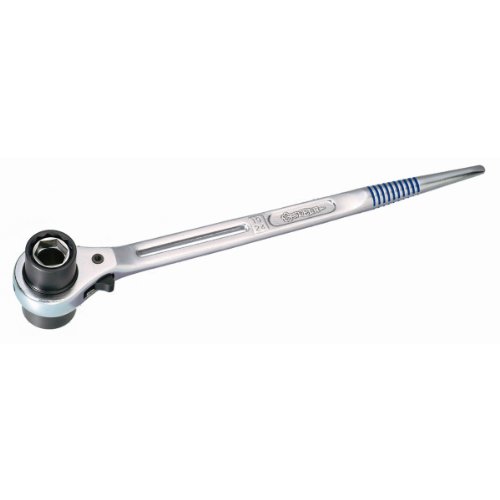
Introducing a durable and reliable socket set that will make any task a breeze. This socket set features four sockets, with inner socket sizes of 19mm and 22mm and outer socket sizes of 24mm and 27mm. The sockets are made of special alloy steel, ensuring that they are strong enough to withstand heavy use and last a long time. The nickel chrome plating also protects against rust and corrosion, maintaining the quality of the sockets for years to come.
Whether you're a professional mechanic or a DIY enthusiast, this socket set is a must-have for your toolkit. It's perfect for a wide range of applications, from automotive repairs to home improvement projects. The sockets fit securely on nuts and bolts, providing a tight grip that reduces the risk of slipping or rounding. The set is also easy to carry, so you can take it with you wherever you go.
Invest in a socket set that will last and make your work easier. Order this special alloy steel socket set today and experience the difference it can make in your tasks.
- Durable and reliable
- Made of special alloy steel
- Four sockets with different sizes
- Nickel chrome plating to prevent rust and corrosion
- Easy to carry
6. Precision Guitar Fret Measurement Tool
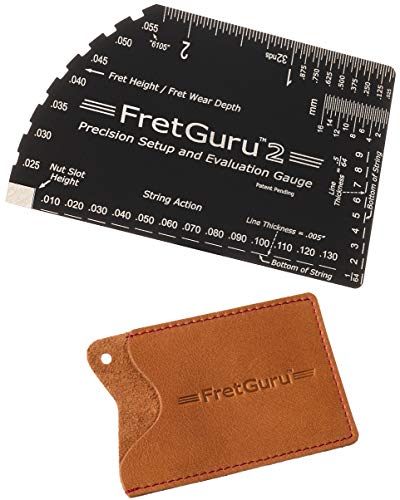
The FretGuru 2 is a revolutionary guitar setup tool that offers unparalleled accuracy. It features a precise string action gauge in .010" increments and .005" line increments, allowing for super accurate guitar setup. The markings are laser-etched through the black surface, deeply into the stainless metal to prevent rubbing off. Additionally, the FretGuru 2 has a unique fret height/fret wear gauge in .005" increments, eliminating the need for fumbling with calipers, straightedges, or feeler gauges. The 3 unequal length sides are CNC machined, precision diamond-honed, and polished, making it easy to find that pesky high fret without scratching your frets. The FretGuru 2 also includes a uniquely designed Nut Slot Height gauge that has already been a massive time-saver on the workbench. The silver square on the bottom corner of the gauge is designed and engineered to be just under .010” thick, allowing it to slip into each nut slot, including the narrow high e slot. Simply rest the thin corner into the bottom of each nut slot and the other end across to the 2nd fret, then measure the gap as the gauge passes over the 1st fret. With the FretGuru 2, it's never been easier to zero in on the perfect string height as it leaves the nut.
Looking for even more precision? Check out the new, precision 64ths string action gauge. The FretGuru 2 will bring your guitar out of the realm of woodworking and into another world of playability. For added convenience, be sure to check out the separate listing for the sweet handmade custom leather case! Double click on the photos for the expanded view.
- Highly accurate string action gauge in .010" increments and .005" line increments
- Laser-etched markings deeply engraved into stainless metal
- Unique fret height/fret wear gauge in .005" increments
- CNC machined, precision diamond-honed, and polished
- Uniquely designed Nut Slot Height gauge for easy and accurate measurement
- Convenient precision 64ths string action gauge available
- Handmade custom leather case available for added convenience
7. Early Math Mastery Balance Set
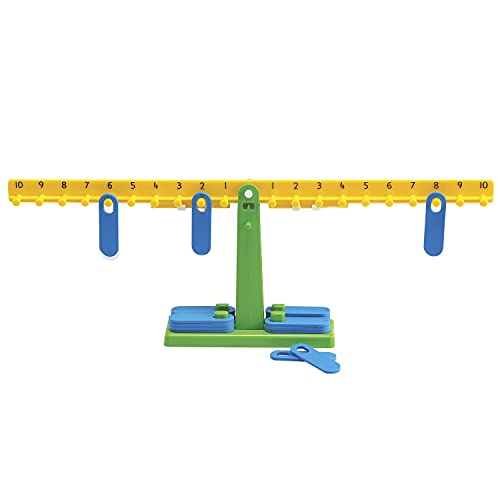
The Student Math Balance is a proven math tool that can be adapted to many math concepts and is perfect for teaching STEM. It is designed to leverage the power of a balance scale to explore math concepts, number relationships, equivalents, and operations as part of a STEM curriculum. With this tool, students will begin to visualize early algebraic equations when they balance equivalent numbers on both sides, making it an excellent hands-on teaching aid.
This desktop version of the balance beam set is designed for every student to use on their own or in small groups. Students will love manipulating the weights while they calculate math problems, giving them a break from pencils. The weights can be used to demonstrate operations and equivalent numbers by balancing out the t-shaped scale, making it a great visual aid.
The Student Math Balance is built to last, made from durable plastic that can withstand classroom use. The set comes with 20 weights, making it perfect for individual or group learning, and providing great value for its price.
- Adaptable to many math concepts and perfect for teaching STEM.
- Helps students visualize early algebraic equations.
- A great hands-on teaching aid that provides a break from pencils.
- Can be used to demonstrate operations and equivalent numbers through balancing out the t-shaped scale.
- Built to last with durable plastic that can withstand classroom use.
- Great value for its price, includes 20 weights for individual or group learning.
Best Type Of Truss Bridge FAQs
How do engineers determine which type of truss bridge to use for a specific location or purpose?
Engineers consider several factors when determining which type of truss bridge to use for a specific location or purpose. One of the most important factors is the span length of the bridge, which is the distance between the supports. The longer the span, the more complex the truss design needs to be in order to support the weight of the bridge and any traffic that will cross it.
Another important factor is the terrain and environmental conditions of the location. For example, if the bridge will be built in a high-wind area, the truss design needs to be able to withstand strong gusts of wind. Similarly, if the bridge will be built over water, the truss design needs to be able to withstand the corrosive effects of saltwater.
The purpose of the bridge also plays a role in determining the type of truss to use. If the bridge will primarily be used for pedestrian traffic, a lighter truss design may be sufficient. However, if the bridge will be used for heavy vehicles, a more robust truss design will be needed.
Overall, engineers use a combination of engineering principles, computer modeling, and experience to determine the most suitable truss design for a specific location or purpose.
How do the different types of truss bridges differ in their design and construction?
Truss bridges are one of the most popular types of bridges used in construction today. They are designed to carry heavy loads over long distances and are made up of interconnected triangles that provide support and stability. There are several different types of truss bridges, each with their own unique design and construction.
The Warren truss bridge is one of the most common types of truss bridges. It is characterized by a series of equilateral triangles that provide support and stability to the bridge. The Pratt truss bridge is another popular design that features diagonal members that slant towards the center of the bridge. This type of bridge is commonly used for longer spans.
The Howe truss bridge is a popular choice for shorter spans. It features diagonal members that slant away from the center of the bridge, which helps to distribute the weight of the load evenly across the bridge. The K-truss bridge is another type of truss bridge that is commonly used for longer spans. It features diagonal members that form a K-shape, which provides extra support and stability to the bridge.
In terms of construction, truss bridges are typically made from steel or wood. Steel truss bridges are more durable and can withstand heavier loads than wood truss bridges. Wood truss bridges, on the other hand, are more aesthetically pleasing and are often used in rural areas where the bridge needs to blend in with the natural surroundings.
In conclusion, the different types of truss bridges differ in their design and construction. Each type of bridge has its own unique characteristics and is suited for specific types of spans and loads. When choosing a truss bridge, it is important to consider the span, load, and aesthetic requirements of the project.
What are some examples of famous truss bridges and what type of truss do they use?
Truss bridges are one of the most commonly used types of bridges, known for their sturdy and reliable construction. Over the years, many famous truss bridges have been built all over the world. One of the most iconic examples is the Golden Gate Bridge in San Francisco, California. This bridge uses a type of truss called a suspension truss, which allows for the bridge to be supported by cables that are suspended from towers.
Another famous truss bridge is the Forth Bridge in Scotland, which uses a cantilever truss design. This means that the bridge is supported by two large towers on either side, with smaller trusses extending out from each tower to form the main bridge structure.
The Brooklyn Bridge in New York City is another well-known truss bridge, which uses a type of truss called a wire cable suspension truss. This design allows for the bridge to be supported by cables that are suspended from towers, similar to the Golden Gate Bridge.
Other famous truss bridges include the Sydney Harbour Bridge in Australia, the Tower Bridge in London, and the Iron Bridge in Shropshire, England. Each of these bridges uses a unique type of truss design, which has helped to make them some of the most recognizable and beloved bridges in the world.
What are the advantages and disadvantages of each type of truss bridge?
Truss bridges are a popular type of bridge that are used for various purposes. They are designed to support heavy loads and span long distances. There are various types of truss bridges, including Warren, Pratt, Howe, and K truss bridges. Each type has its own advantages and disadvantages.
The Warren truss bridge is a popular type of truss bridge that is used for medium span lengths. One of the advantages of this type of bridge is that it is easy to construct and maintain. It is also lightweight, making it a good choice for places with weak soil. However, its disadvantage is that it is not suited for long spans.
The Pratt truss bridge is another popular type of truss bridge that is commonly used for medium span lengths. One of its advantages is that it is easy to construct and is efficient in carrying loads. However, it is not suitable for very long spans, and its members are not easily replaced.
The Howe truss bridge is suitable for medium to long span lengths. Its advantage is that it is strong and durable. However, it is difficult to construct and maintain, and it is not suitable for heavy loads.
The K truss bridge is suitable for long span lengths. Its advantage is that it is strong and efficient in carrying loads. However, it is expensive to construct and maintain.
In conclusion, each type of truss bridge has its own advantages and disadvantages. The choice of the type of truss bridge to use depends on the span length, load capacity, soil condition, and budget.
What are the different types of truss bridges?
Truss bridges are one of the oldest and most commonly used bridge types. They are made up of interconnected triangles that provide strength and stability to the structure. There are various types of truss bridges, with each having its unique design and characteristics.
1. Warren Truss Bridge: This is the most common and widely used type of truss bridge. It has a series of diagonals that alternate in direction, forming a W shape. The Warren truss is efficient and cost-effective, making it a popular choice for road and railway bridges.
2. Pratt Truss Bridge: The Pratt truss is similar to the Warren truss but has vertical members that run parallel to the bridge deck. This type of truss is commonly used for longer spans and can support heavy loads.
3. Howe Truss Bridge: The Howe truss has diagonal members that slope towards the center of the bridge, while vertical members support the deck. It is commonly used for shorter spans and is often seen in rural areas.
4. K Truss Bridge: The K truss has diagonal members that intersect in the middle, forming a K shape. This type of truss is used for longer spans and is commonly found in railway bridges.
5. Bowstring Truss Bridge: The Bowstring truss has an arch-like appearance and consists of a curved top chord and a straight bottom chord. It is commonly used for pedestrian and bike bridges.
In conclusion, the type of truss bridge used depends on the span length, load capacity, and intended use of the bridge. Each type of truss has its unique advantages and disadvantages, and engineers must consider these factors when selecting the appropriate truss design.


